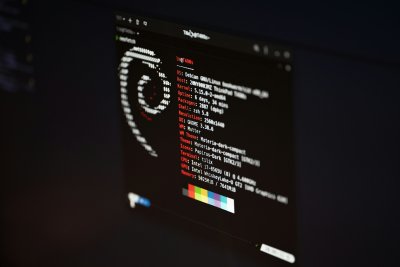Are you seeking to streamline software installation and management on your Debian/Ubuntu system? This detailed blog post will provide you with a step-by-step walkthrough on how to create a .deb package from binary files. By developing a .deb package, you can enhance the efficiency of the installation process and exert greater control over your software deployments.
Step 1: Establishing the Essential Directories
Commence the process by creating the requisite directories for your package development. You will need to establish a primary directory for your package and a sub-directory named DEBIAN. Execute the following command in your terminal to create these directories:
mkdir exampleprogram && mkdir exampleprogram/DEBIAN
Step 2: Transferring Files into the Package
Proceed to transfer the binary files into your package. Ensure to specify the full paths on the destination filesystem while copying the files. For instance, to allocate a file to /usr/local/bin/, construct the corresponding directory within your package and transfer the file using the subsequent command:
mkdir -p exampleprogram/usr/local/bin cp /usr/local/bin/exampleprogram.sh exampleprogram/usr/local/bin/
Step 3: Crafting the Control File
Subsequent to transferring the files, it is imperative to establish a control file within the DEBIAN directory. This file encapsulates vital information about the package such as its name, version, maintainer, architecture, and a succinct description. Utilize your preferred text editor to compose the control file and designate it as 'control'. Below is an illustration of a fundamental control file structure:
Package: exampleprogram Version: 1.0 Maintainer: Your Name Architecture: all Description: example program description text
For additional control file options, refer to: http://www.debian.org/doc/debian-policy/ch-controlfields.html#s-binarycontrolfiles
Step 4: Incorporating a Post-Installation Script
In addition to the control file, you can include a post-installation script that will execute once the package installation is concluded. Develop a file labeled 'postinst' within the DEBIAN directory and ensure it is set as executable.
Step 5: Generating the Package
To finalize the package creation process, generate the .deb package by executing the subsequent command:
dpkg-deb --build exampleprogram
The above command will generate an exampleprogram.deb file in your current directory. To install the package on any Debian/Ubuntu system, utilize the following command:
dpkg -i exampleprogram.deb
By meticulously following these outlined steps, you can produce your own .deb packages and efficiently manage your software installations. For more sophisticated configurations and options, consult the Debian policy manual.


Recommended Comments
There are no comments to display.